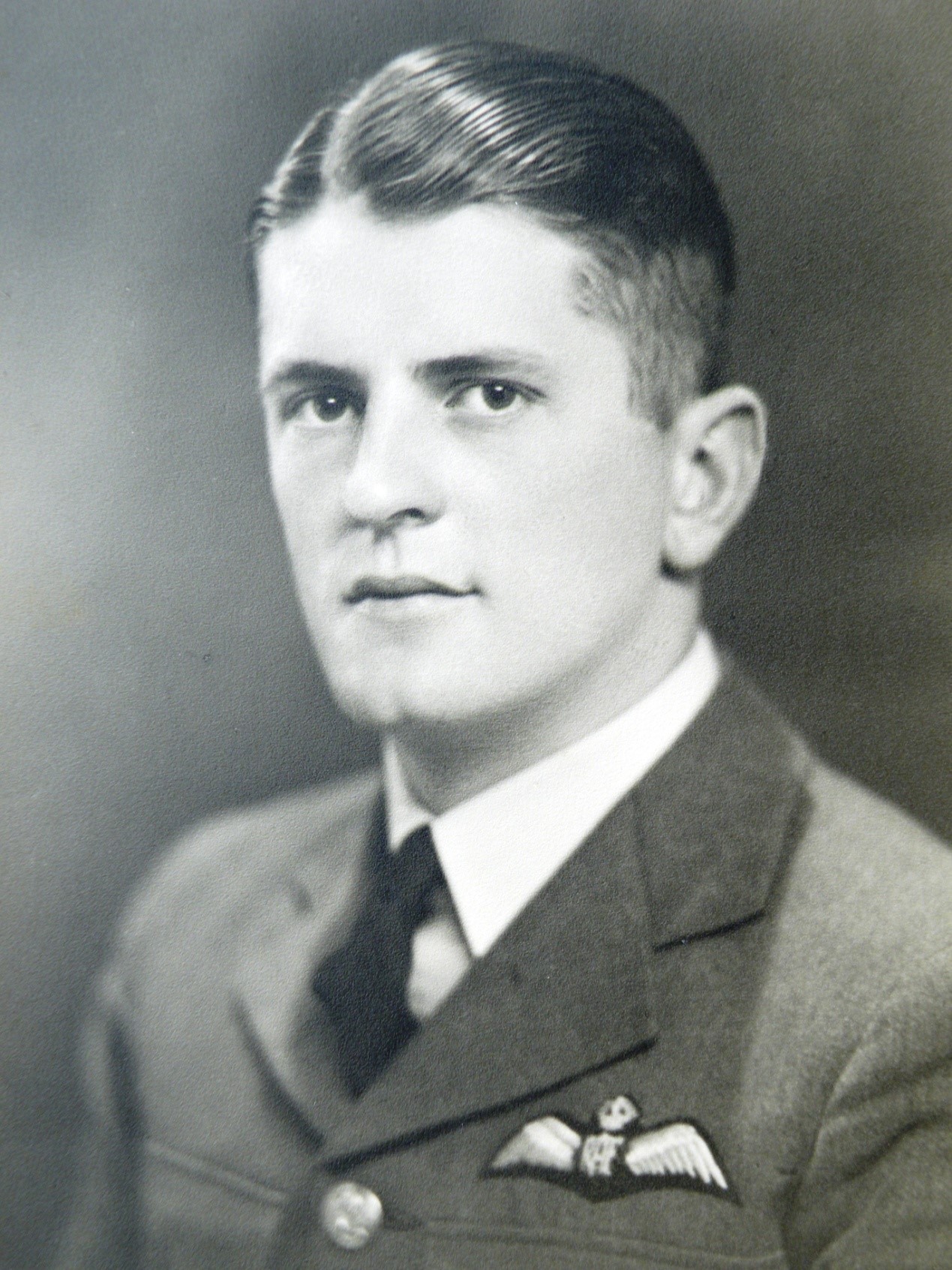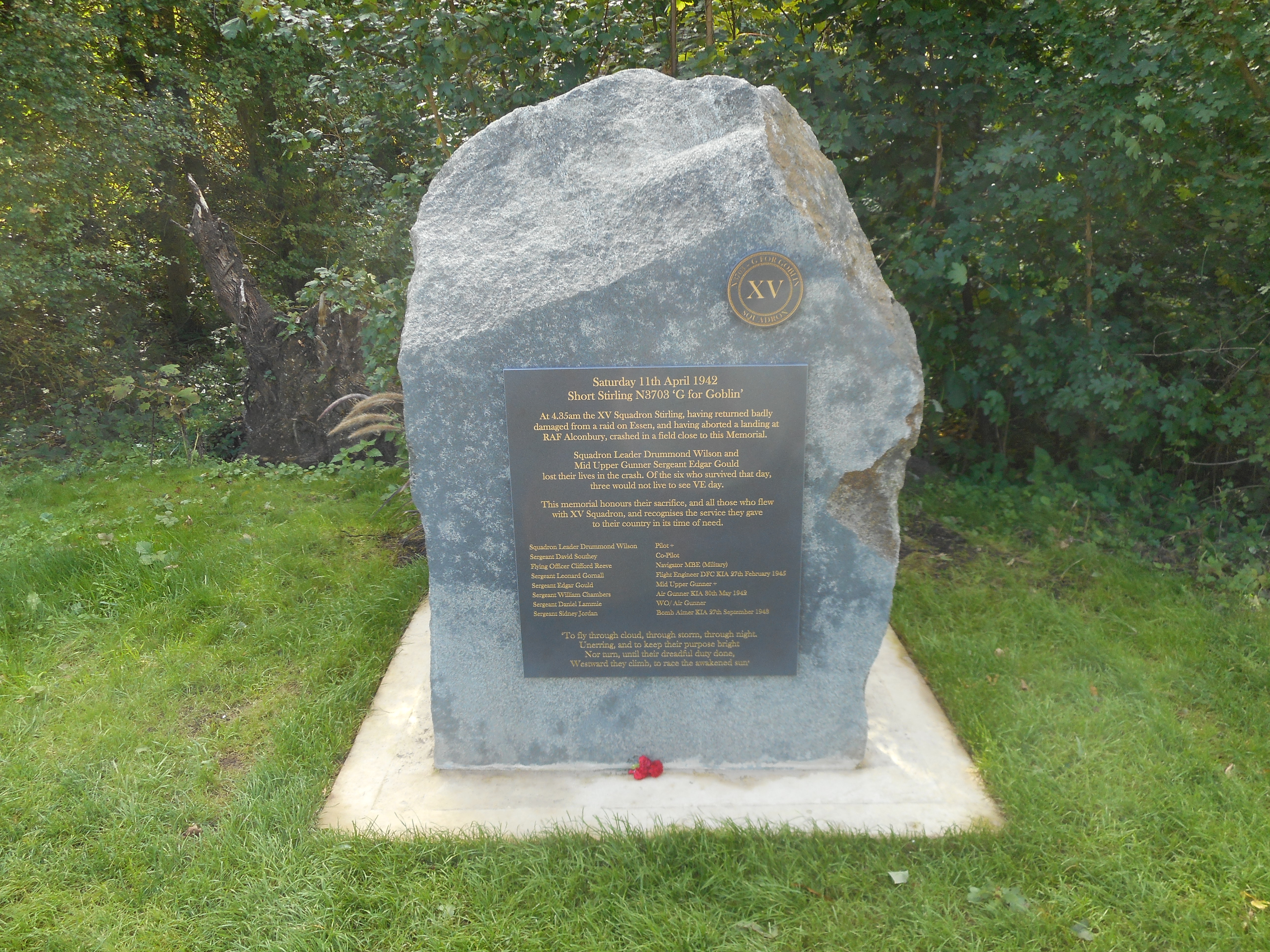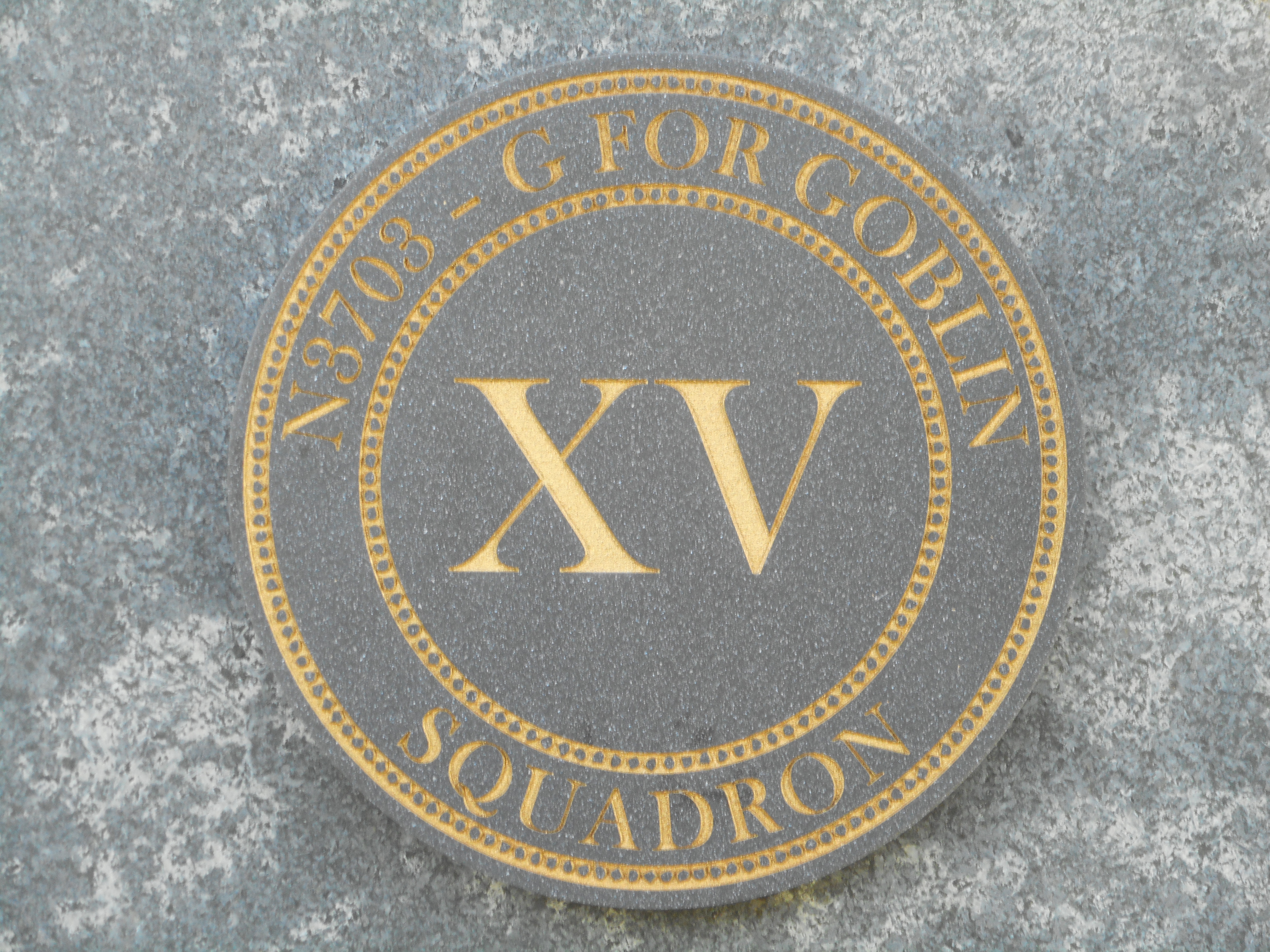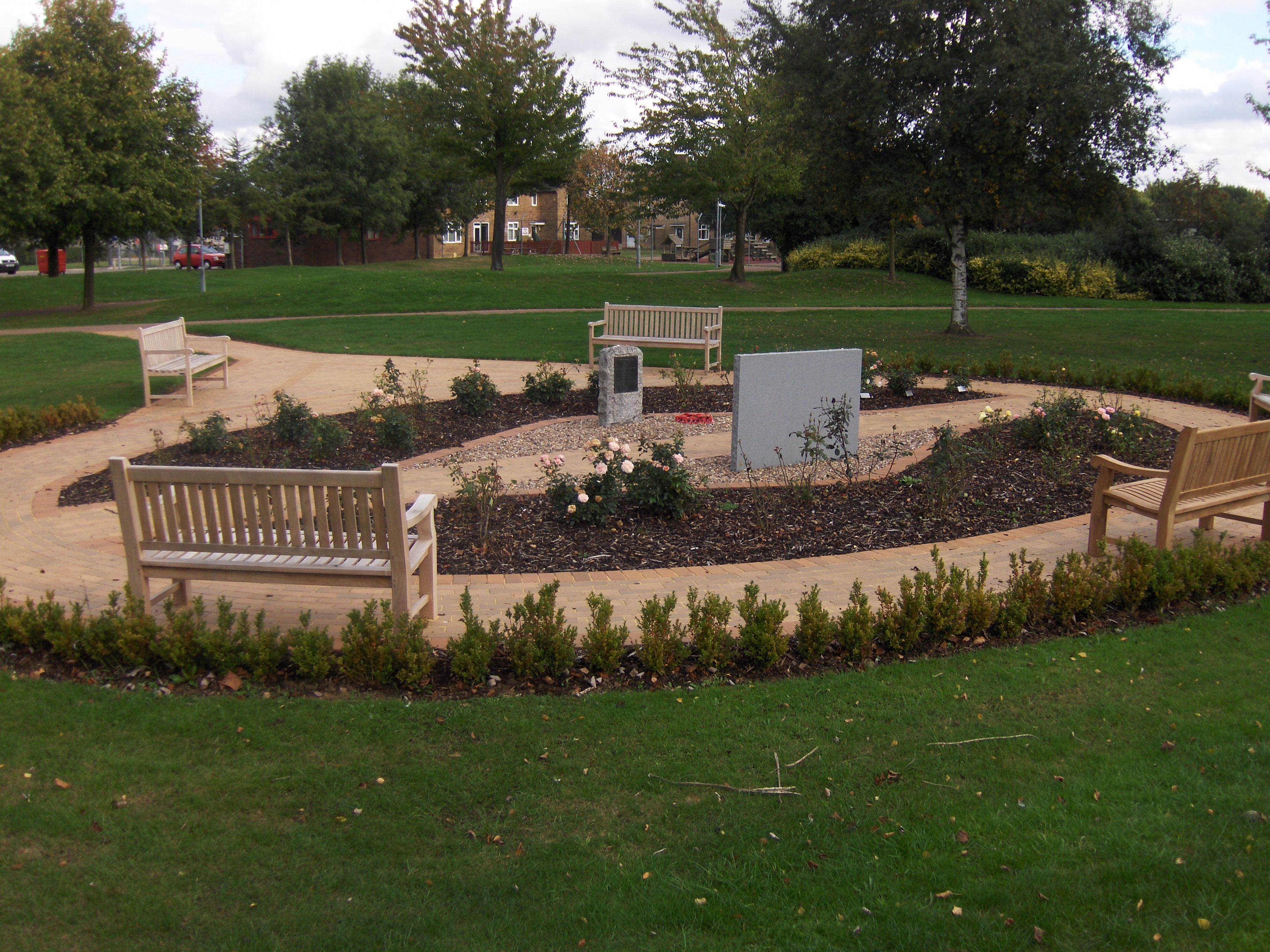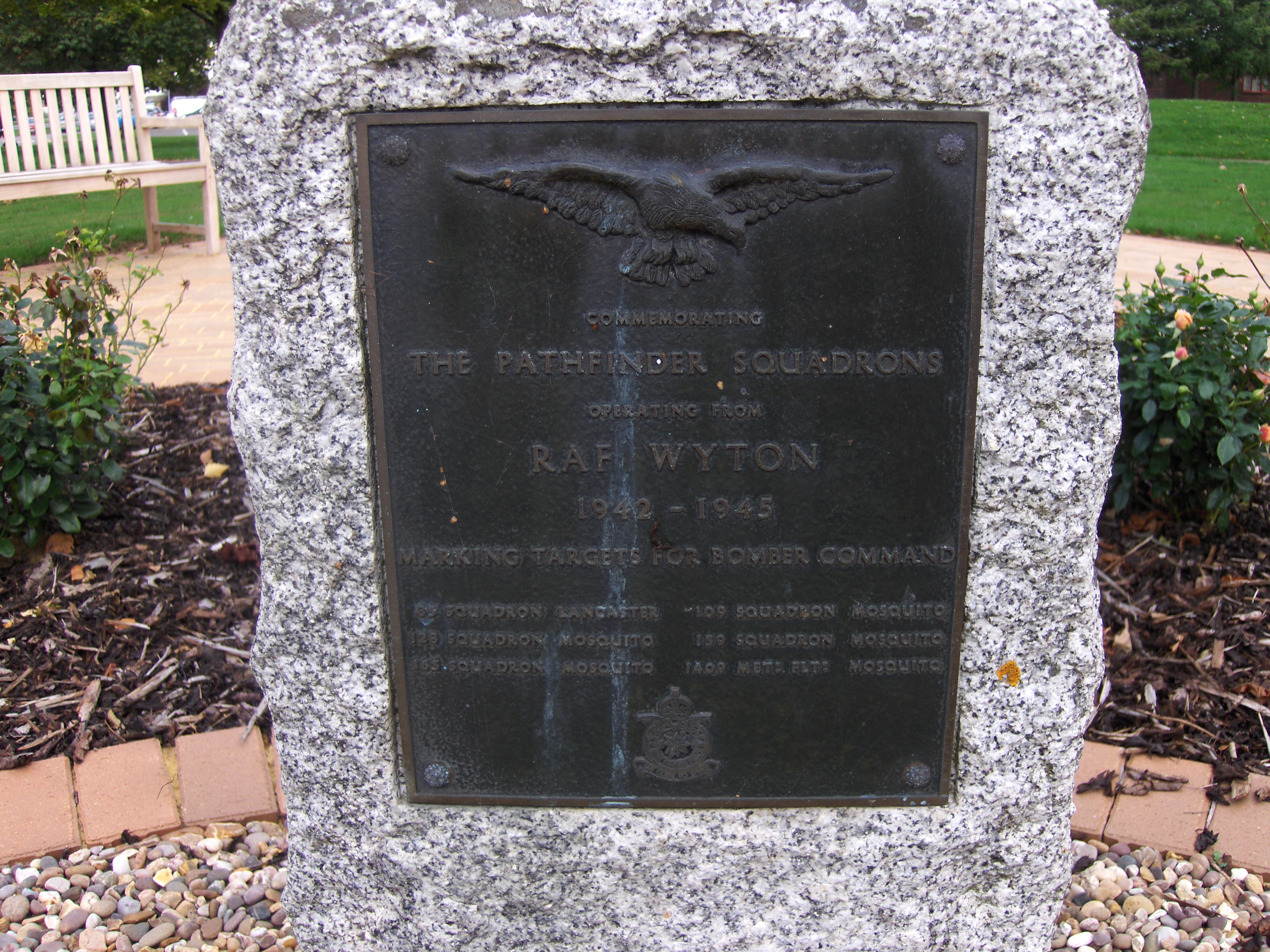Wilson, Matthew Drummond Henderson
Personal Information
| Rank | S/L |
| Forename(s) | Matthew Drummond Henderson |
| Surname | Wilson |
| Gender | M |
| Age | 28 |
| Decorations | |
| Date of Death | 11-04-1942 |
| Next of Kin | Son of Matthew Wilson and of Elizabeth Davidson Wilson (Nee Henderson). Husband of Aymee Alfrida Wilson (Nee Robertson), of Bonnyrigg, Midlothian. |
Aircraft Information
| Aircraft | Short Stirling I |
| Serial Number | N3703 |
| Markings | LS-G |
Memorial Information
| Burial/Memorial Country | United Kingdom |
| Burial/Memorial Place | Wyton (St. Margaret and All Saints) Churchyard |
| Grave Reference | |
| Epitaph |
IBCC Memorial Information
| Phase | 2 |
| Panel Number | 267 |
Enlistment Information
| Service Number | 70885 |
| Service | Royal Air Force |
| Group | 3 |
| Squadron | 15 (XV) |
| Trade | Pilot |
| Country of Origin | United Kingdom |
Other Memorials
| Location | Cow Lane, Godmanchester, Cambridgeshire |
| Country | United Kingdom |
| Memorial Type | Memorial Stone & Inscribed Tablets |
| Memorial Text | Saturday 11th April 1942, Short Stirling N3703 'G for Goblin'. At 4:35am the XV Squadron Stirling, having returned badly damaged from a raid on Essen, and having aborted a landing at RAF Alconbury, crashed in a field close to this memorial. The Pilot and |
| Location | RAF Wyton Memorial Garden, Wyton, Cambridgeshire |
| Country | United Kingdom |
| Memorial Type | Memorial Stone & Inscribed Metal Plaque |
| Memorial Text | Commemorating the Pathfinder Sqns operating from RAF Wyton, 1942-1945 |
Miscellaneous Information
| A book has been published about this aircraft and crew, entitled Stirling to Essen (the Godmanchester Stirling) by Roger Leivers, published by Fighting High ISBN 0993415288 |
Casualty Pack Number Find Out More
| AIR 81/13267 (P367642/42) |
Commonwealth War Graves Commission
The National Archives
| Record of Events (Operational Record Book) AIR 27/203/32 |
| Summary of Events (Operational Record Book) AIR 27/203/31 |
Fellow Servicemen
Last Operation Information
| Start Date | 10-04-1942 |
| End Date | 11-04-1942 |
| Takeoff Station | Wyton |
| Day/Night Raid | Night (21% moon) |
| Operation | Essen. Cloud cover despite clear forecast. Consequently, accuracy was poor. First 8000lb bomb of the war dropped in this raid |
| Reason for Loss | Badly shot about by flak, the crew were unsure whether the aircraft was capable of making the return journey but decided to risk it. However as the badly damaged bomber made its final approach it was forced to abort as there were aircraft on the runway, which were disobeying watch-tower instructions. The pilot struggled to get the stricken aircraft back into the air to make a circuit. As it banked, a damaged oil pipe failed resulting in both starboard engines ceasing. The aircraft crashed into a field near Rectory Lane in Godmanchester. Wilson died moments after the crash. F/O Clifford Reeve was thrown clear of the aircraft and on coming to realised that some of his colleagues were trapped in the burning wreckage. Despite mutiple broken bones to his torso and two dislocated ankles, he went back into the aircraft and extracted Gould and probably Southey. Southey spent three months in a coma in RAF Ely and didn't recover enough to resume duties until two years later. Gould had sustained serious head injuries from which he later died. Reeve himself spent 17 weeks in hospital and was awarded the MBE for his bravery. He remained in the RAF after the end of hostilities, reaching the rank of Wing Commander. He was later awarded an OBE. |
